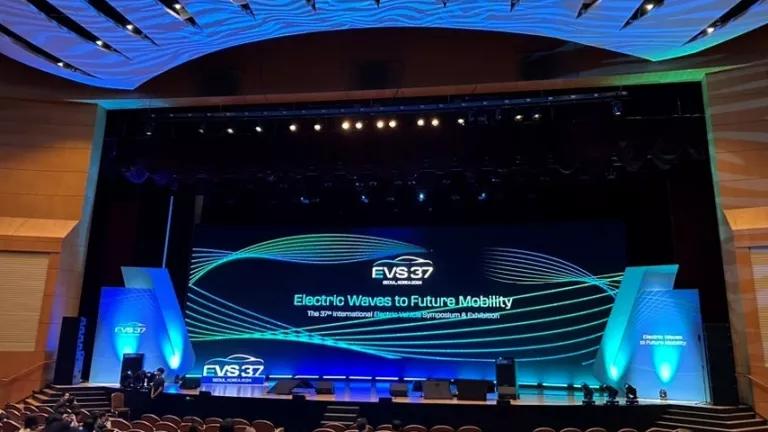Study Follows Auto Industry Pattern of Overestimating Costs of Clean, Efficient Vehicles
The Center for Automotive Research released a new version of a previously discredited analysis claiming that the cost to meet improved fuel economy and pollution standards for cars and light trucks in 2025 will be about double those estimated by three government agencies. The estimates follow an auto industry pattern for overestimating regulatory compliance costs by two to ten times, as my colleague Roland Hwang points out in his blog.
With the study, the Center for Automotive Research (CAR), which receives funding from the automobile industry, shows little regard for automotive engineers’ ability to reduce the costs of technology from today’s levels. The CAR study relies on the findings of a National Academies of Science study of near-term (2009 to about 2014) technology costs. The standards analyzed by CAR, however, ramp up over nine model years from 2017 to 2025. During this period, there is ample time for engineers to improve technology and reduce costs.
We are already seeing progress. Ford Motor Company recently announced that their new C-Max 5-passenger hatchback, going on sale next year, will have a hybrid system that is 30 percent less expensive than the system included in their 2010 Ford Fusion Hybrid. Hyundai’s new Sonata also features a new hybrid configuration that cuts cost. CAR discounts the ability of automakers to effectively downsize engines for efficiency while meeting consumer needs for power but the EcoBoost technology employed on the 2011 Ford Explorer and F-150 pickup trucks are clear examples of success in this area.
CAR claims that reaching a standard of 62 mpg in 2025 must rely primarily on plug-in hybrid electric vehicles (64 percent of sales), which increases CAR’s overall cost assessment. Analysis by the Department of Transportation, Environmental Protection Agency and the State of California shows that 62 mpg can be reached with only modest plug-in electric vehicle penetration of 4 to 16 percent. Non-pluggable hybrids, already shown to be cost-effective today are likely to be a main part of a future clean, high-efficiency fleet, as shown by the agency analysis and our analysis. In fact, today’s Toyota Prius (which is scored for fuel economy regulatory compliance at 71 mpg) would already meet a 62 mpg standard.
U.S. automakers are bouncing back from record losses in 2008 and 2009 in large part due to strong fuel economy and pollution standards adopted for model years 2012 to 2016. Auto jobs are recovering and Ford’s recent announcement highlighted more jobs to come as they triple production capacity of hybrids and plug-in vehicles over the next two years.
Strong standards reaching 60 mpg in 2025 are good for jobs, our environment and energy security. A 60 mpg standard will give automotive engineers the certainty they need to innovate and deliver what consumers want at the price they will pay. The folks at CAR—and their supporters—should give auto engineers more credit for what they can do to cut fuel consumption given the right signal.



